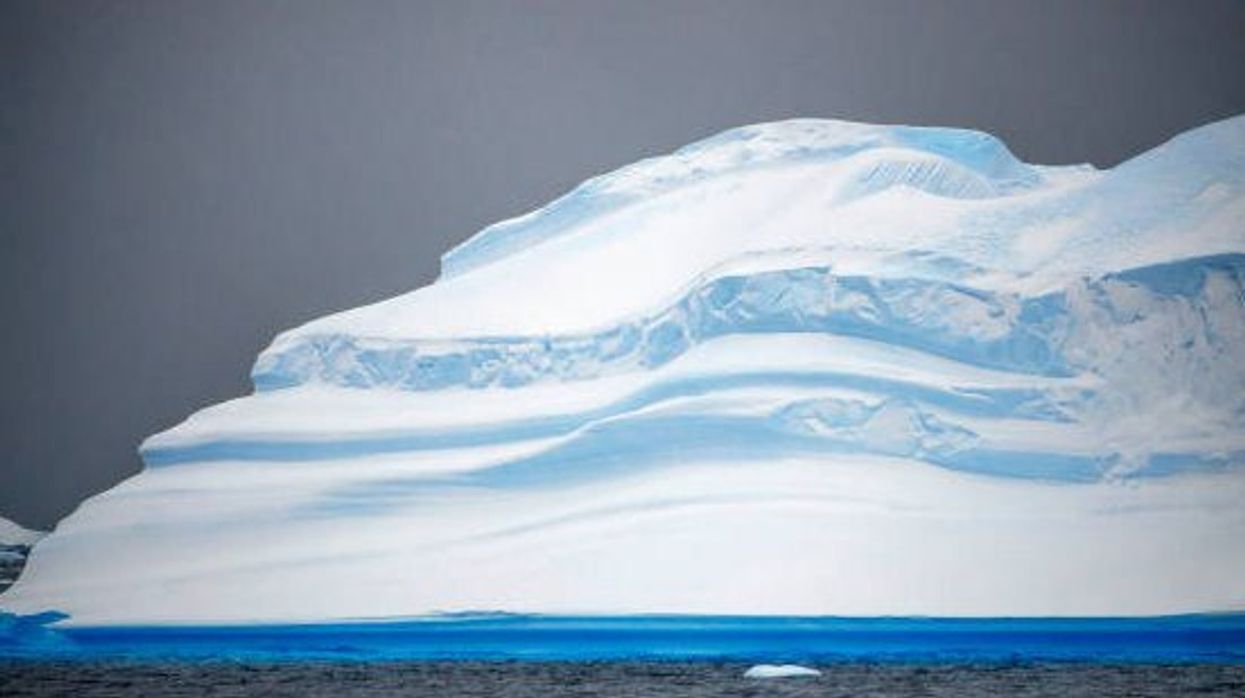Alex Daniel
Nov 29, 2023
Giant A23a Iceberg On The Move After 30 Years Grounded
unbranded - Newsworthy / VideoElephant
The world’s biggest iceberg is drifting away from the Antarctic after having been grounded there for more than 30 years.
The iceberg, which has the catchy name A23a, split from the Antarctic’s giant Filchner Ice Shelf in 1986, but has been stuck to the ocean floor since shortly after that time.
Now, according to the British Antarctic Survey, it is on the move.
Satellite images show the iceberg drifting past the northern tip of the Antarctic Peninsula.
A23a is truly massive. It weighs nearly a trillion metric tonnes and is about three times the size of New York City. It is more than twice the size of Greater London.
Scientists say the massive chunk of ice is drifting at a rate of three miles each day.
“Over time, it’s probably just thinned slightly and got that little bit of extra buoyancy that’s allowed it to lift off the ocean floor and get pushed by ocean currents,” said Oliver Marsh, a glaciologist at the British Antarctic Survey.
Andrew Fleming, a remote sensing expert from the British Antarctic Survey, told the BBC the iceberg had been drifting for the last year, but now appeared to be picking up speed.
“I asked a couple of colleagues about this, wondering if there was any possible change in shelf water temperatures that might have provoked it, but the consensus is the time had just come,” he said.
Still, some scientists are concerned about how the movement could affect wildlife. The iceberg could end up at the island of South Georgia, which is about 1,000 miles east of the southern tip of South America, which is home to seals, penguins and other seabirds.
Chad Greene, a glaciologist at NASA’s Jet Propulsion Laboratory, told the New Scientist large icebergs tend to break off from Antarctica around once per decade.
They then get stuck in the Antarctic’s nearly freezing waters, which staves off the melting process, but only for a while.
“Icebergs this big can hang around for decades in one place, then one day decide to go for a jolly,” Greene said. “That’s when things get interesting.”
How to join the indy100's free WhatsApp channel
Sign up to our free indy100 weekly newsletter
Have your say in our news democracy. Click the upvote icon at the top of the page to help raise this article through the indy100 rankings.
Top 100
The Conversation (0)














